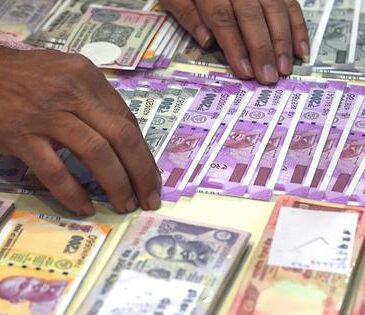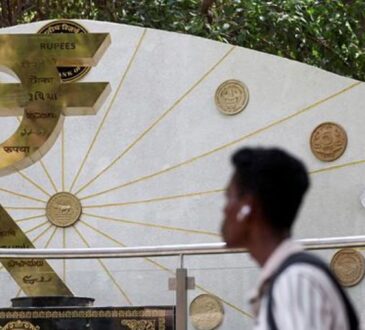Stay informed with free updates
Simply sign up to the Global Economy myFT Digest — delivered directly to your inbox.
The writer is a postdoctoral fellow at the University of Oxford and a former US Treasury official
When Time magazine put Alan Greenspan, Robert Rubin and Lawrence Summers on its cover in 1999 as “The Committee to Save the World”, the accompanying story omitted an impressive detail. The Committee to Save the World did not spend a cent to do so. As the US Treasury was faced with the prospect that Congress might leave emerging-market crises unchecked, posing spillover risks for the American financial system, it called upon the Exchange Stabilization Fund (ESF). The US would not spend money; instead it would lend funds it already had and get repaid in full. This was a success.
The UK now finds itself in a similar bind — wanting to support international economic interests, but lacking the budget to do so. It should look to its own Exchange Equalisation Account (EEA).
The EEA was established in 1932 to intervene in foreign-exchange markets and inspired the creation of the ESF two years later. Through most of the 20th century, reserve funds had a clear purpose: maintaining the Bretton Woods system of fixed exchange rates.
Yet once the US left the gold standard and Bretton Woods collapsed in 1971, reserve funds came under financial and conceptual pressure. The financial pressure was that capital controls were loosened, foreign-exchange markets were unleashed and intervention became unbearably expensive. The conceptual pressure was that as advanced economies’ capacity to intervene declined, their belief in intervention declined, too. Many embraced a new norm of floating currencies. Reserve funds became rudderless.
The US began repurposing its ESF in the 1980s, doubling down on stabilisation loans across Latin American economies gripped by debt and currency crises to check contagion risk to its economy. Yet after one success — the $20bn stabilisation of Mexico in 1995 — Congress restricted the ESF. The Mexico financing had cost the taxpayer nothing and was fully repaid. But Congress concluded the ESF needed tighter oversight. The era of bilateral financing was in effect over.
Eventually, a less controversial era of multilateral financing began — providing financing through the IMF and the World Bank. This supported the same interests but was less controversial because it was safer. The ESF would lend to institutions with no credit risk rather than countries in debt distress.
An oddity of the ESF’s evolution is that the fund on which it was modelled, the EEA, never evolved with it. Since Black Wednesday in 1992, the £150bn fund has largely idled in short-term securities. This is unfortunate given its legal authority to do more. Its secondary objective is “making investments to further broader economic policy aims.” As fiscal constraints weigh on economic interests, now is the time to review the EEA and its secondary objective.
The UK implicitly recognises this by occasionally providing almost zero-rate loans to the IMF. The EEA is currently lending the IMF £2.7bn. Legally and financially, it could easily extend another £2.7bn — 1.8 per cent of holdings — to the World Bank’s International Development Association (IDA). Without raising debt or taxes, this would bolster the World Bank’s work on development, refugee flows, and providing alternatives to Chinese lending.
For IDA, new financing arrangements are essential. With budget cuts, more funding comes from bond issuances than countries’ contributions. This creates long-run pressures as IDA borrows at commercial rates but lends at concessional rates. It needs smarter, cheaper funding on top of normal contributions. The UK could do so at no fiscal cost thanks to the World Bank’s triple-A assurance that the UK would get repaid.
If Britain wanted its own Committee to Save the World, or just to bolster international economic policies in an age of budget cuts, it has the funds to do so.




